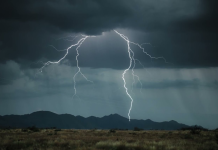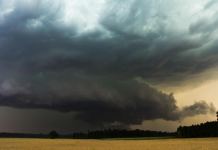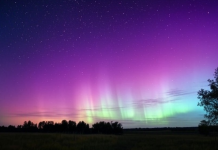The Atlantic Ocean has indeed been observed cooling at a record speed in certain areas, particularly in a patch of the central equatorial Atlantic. This phenomenon has been noted by scientists and has led to discussions about a potential Atlantic Niña event, which is less commonly discussed than its Pacific counterpart, La Niña.
Here’s what’s been happening:
Over the past few months leading up to September 2024, there’s been a significant and rapid cooling in the equatorial Atlantic Ocean. This cooling has been described as happening at a record speed, which is unusual given the trends of global ocean warming.
This cooling could signify the onset of an Atlantic Niña, which is characterized by cooler than average sea surface temperatures in the eastern equatorial Atlantic. This event can influence weather patterns, potentially leading to increased rainfall over western Africa and reduced rainfall in parts of South America.
The rapid shift from record warmth to cooling has left scientists searching for explanations. Typically, such changes might be linked to wind patterns or ocean currents, but the current situation doesn’t fully align with known mechanisms, making it a topic of ongoing research.
The rapid cooling and potential Atlantic Niña could have various global weather implications, including altering hurricane formation patterns, affecting rainfall distribution, and possibly impacting climate systems like the El Niño-Southern Oscillation (ENSO) in the Pacific.
Recent discussions in the scientific community reflect both public curiosity and scientific debate over this cooling trend. Some discussions highlight skepticism about climate models, while others discuss the broader implications for global climate systems.
While this cooling event is significant, it’s essential to view it within the larger context of climate variability rather than as a counterargument to long-term global warming trends. Climate phenomena like these illustrate the complexity of oceanic and atmospheric systems where both warming and cooling can occur regionally and temporarily due to natural variability.
Remember, while the Atlantic Ocean is cooling at record speed, this rapid cooling is noteworthy, it’s part of the natural variability within the climate system, which can include both record warming and cooling events over different timescales and regions.






